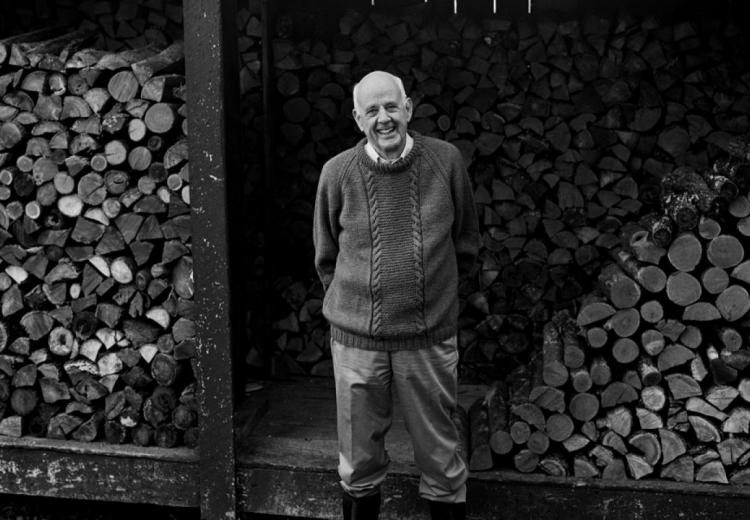2012 Jefferson Lecture: Wendell Berry

Wendell Berry
Guy Mendes
"In such modest joy in a modest holding is the promise of a stable, democratic society, a promise not to be found in “mobility”: our forlorn modern progress toward something indefinitely, and often unrealizably, better. A principled dissatisfaction with whatever one has promises nothing or worse."
—Wendell Berry, 2012 Jefferson Lecture
Wendell Berry delivered the 2012 Jefferson Lecture on April 23, 2012. He speaks of the importance of place in cultivating responsible relationships to the world: only if we are able to imagine our places in the world can we feel affection for those places, for the world, and so begin to create the "possibility of a neighborly, kind, and conserving economy." The full text of his lecture can be read here.
About Wendell Berry
Berry, a writer and naturalist, lives on a farm in Kentucky that he has maintained for more than fifty years. He is the author of more than fifty books. Berry's life and work are deeply imbued with a sense of place and a commitment to the land on which he lives and farms. He has written poetry, fiction, and nonfiction, much of which addresses agriculture, rural life, and stewardship of the land, and the relationship between land and community.
Learn More
Read an interview with Berry and NEH Chairman Jim Leach.
Read Mark Bittman's profile of Berry for Humanities magazine.
Read the Humanities magazine's piece on Berry's writing.
Classroom Connections
Nature and the environment have long exerted a powerful influence on writers and artists. Lessons about Jack London (there are several, see here and here as well), John Steinbeck, and Stephen Crane offer forays into literature's representation of and relationship to the natural world. A lesson on Frank Lloyd Wright's Fallingwater offers an architectural perspective.
The significance of place and language is addressed in this curriculum about Hopi place names, which includes three lessons about language, poetry, and dance.
Finally, this Closer Readings Commentary explores the history of the National Park and suggests resources to incorporate place-based teaching and learning into the classroom.
